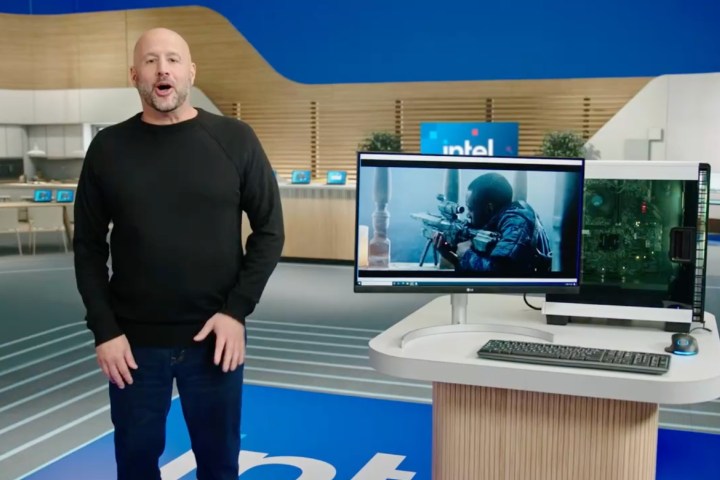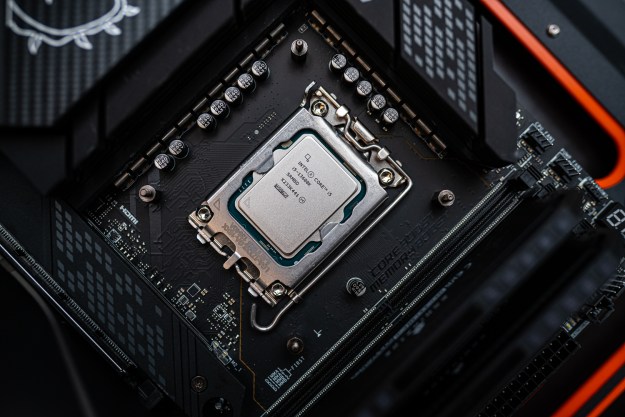
An early sample of Intel’s unreleased 12th-gen Alder Lake-S processor for desktop was spotted in a benchmark for the game Dota 2. The desktop processor was configured with 32GB of DDR5 memory, according to the benchmark data, running at 4,800MHz, and the system was equipped with Nvidia’s discrete GeForce RTX 3080 graphics.
According to benchmark data, the overall rig clocked in just shy of 120 frames per second on the game, with frame rates topping 549 fps at the highest and hitting just below 47 fps at the lowest. The high performance shows that, despite earlier speculations, Alder Lake will in fact be suitable for enthusiasts and high-end gaming. Intel’s use of heterogeneous cores on the platform’s hybrid architecture design had led some to speculate that the processor may not work for AAA gaming, but this appears not to be the case, according to HotHardware.

It’s unclear how the processor is configured as the benchmark results did not reveal the core count. The benchmark specified that the Intel processor is clocked at 2.20GHz, though it’s unclear if this will be the final frequency when the processor ships.
Prior leaks suggest that a high-end configuration of Alder Lake could be equipped with up to 16 cores, though Intel’s new hybrid processor architecture means that up to eight of those cores will be high-efficiency cores, and another eight will be dedicated to high performance. The processor is expected to support both DDR4 and DDR5 memory — though users won’t be able to mix and match the different RAM standards on the same rig — and PCIe 5.0 will also make its way to Alder Lake.
Though Intel had not revealed an exact date, the chipset was previewed earlier this year at CES, and the chipmaker stated that Alder Lake will ship by the end of the year. An autumn announcement for Alder Lake appears likely, but it’s unclear if Intel’s 12th-gen platform will be subjected to the same supply shortages that have plagued the chip industry this year.
Editors' Recommendations
- It just became the perfect time to buy a last-gen Intel CPU
- Intel 14th-gen Meteor Lake: architecture, specs, and performance
- Intel may have accidentally leaked the release date for Windows 12
- Intel Meteor Lake is coming to desktop, but there’s a big catch
- The leaks were wrong — Intel Meteor Lake is coming to desktop


